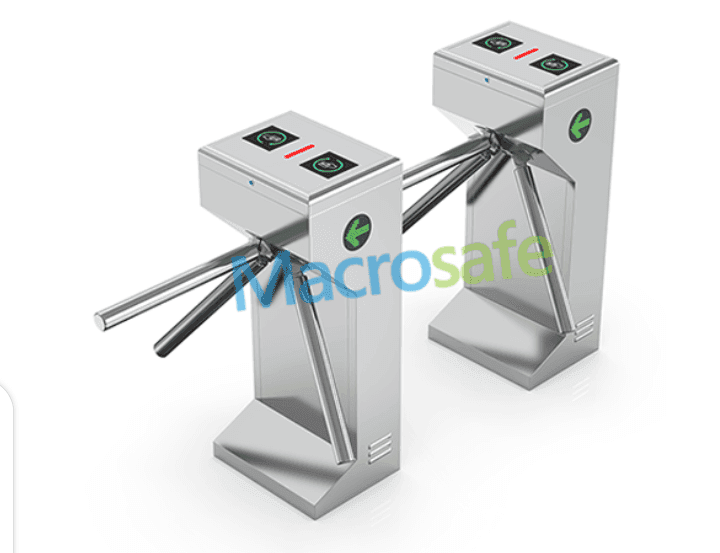Installing tripod turnstiles requires careful planning and consideration to ensure optimal functionality and security. Whether you are implementing tripod turnstiles in an office building, a transportation hub, or any other location, following best practices will help you achieve a smooth installation process. This article outlines the best practices and considerations for tripod turnstile installation, helping you make informed decisions and optimize access control in your facility.
1. Site Assessment and Preparation:
Before installing tripod turnstiles, conduct a thorough site assessment to determine the best location and layout for the turnstiles. Consider factors such as the flow of pedestrian traffic, accessibility requirements, and the overall security needs of the facility. Ensure that the chosen location allows for sufficient space around the turnstile for comfortable passage and any required additional equipment, such as card readers or biometric scanners. Additionally, ensure there are no obstructions or wiring issues that may hinder the installation process.
2. Compliance with Accessibility Standards:
When installing tripod turnstiles, it is crucial to ensure compliance with accessibility standards. Consider the needs of individuals with disabilities and ensure there is adequate space and maneuverability for wheelchair users. The turnstiles should be positioned in a way that allows for barrier-free access and accommodates those with mobility aids. Follow local accessibility regulations to ensure inclusivity and to avoid legal complications.
3. Integration with Access Control Systems:
Integrating tripod turnstiles with access control systems is essential for seamless operation. Coordinate with the access control provider to ensure compatibility between the turnstiles and the chosen access control system. Consider the necessary hardware and software components for a fully integrated solution, including card readers, biometric devices, ticketing systems, or any other authentication methods required for your facility. Proper integration will enable efficient access control and data management.
4. Power and Cabling Requirements:
Proper power supply and cabling infrastructure are essential for the successful operation of tripod turnstiles. Ensure there is a reliable and sufficient power source near the installation site to power the turnstiles and any associated devices. Consult with an electrician to ensure compliance with electrical codes and safety standards. Plan the cabling routes carefully, considering the aesthetic aspect to avoid exposed cables and potential tripping hazards.
5. Installation by Experienced Professionals:
For a successful tripod turnstile installation, it is recommended to engage experienced professionals who specialize in access control systems. Proper installation will ensure the turnstiles function correctly, minimizing the risk of malfunctions or security vulnerabilities. Experienced professionals will have the necessary expertise to handle the hardware installation, integrate the turnstiles with the access control system, and perform any required programming or configuration.
6. Ongoing Maintenance and Support:
Once the tripod turnstile are installed, it is important to establish an ongoing maintenance and support plan. Regular maintenance and servicing will help ensure the turnstiles operate smoothly and endure their intended lifespan. Establish a maintenance schedule that includes inspections, cleaning, and any necessary repairs. Additionally, establish a support system with the installation provider or an access control service company to promptly address any issues or concerns that may arise.
Conclusion:
Proper installation of tripod turnstile involves careful planning, compliance with accessibility standards, integration with access control systems, consideration of power and cabling requirements, engagement of experienced professionals, and ongoing maintenance and support. By following these best practices and considerations, you can achieve an efficient and secure access control system in your facility. A well-executed installation will enhance security, streamline the flow of pedestrian traffic, and contribute to a safe and efficient environment.







